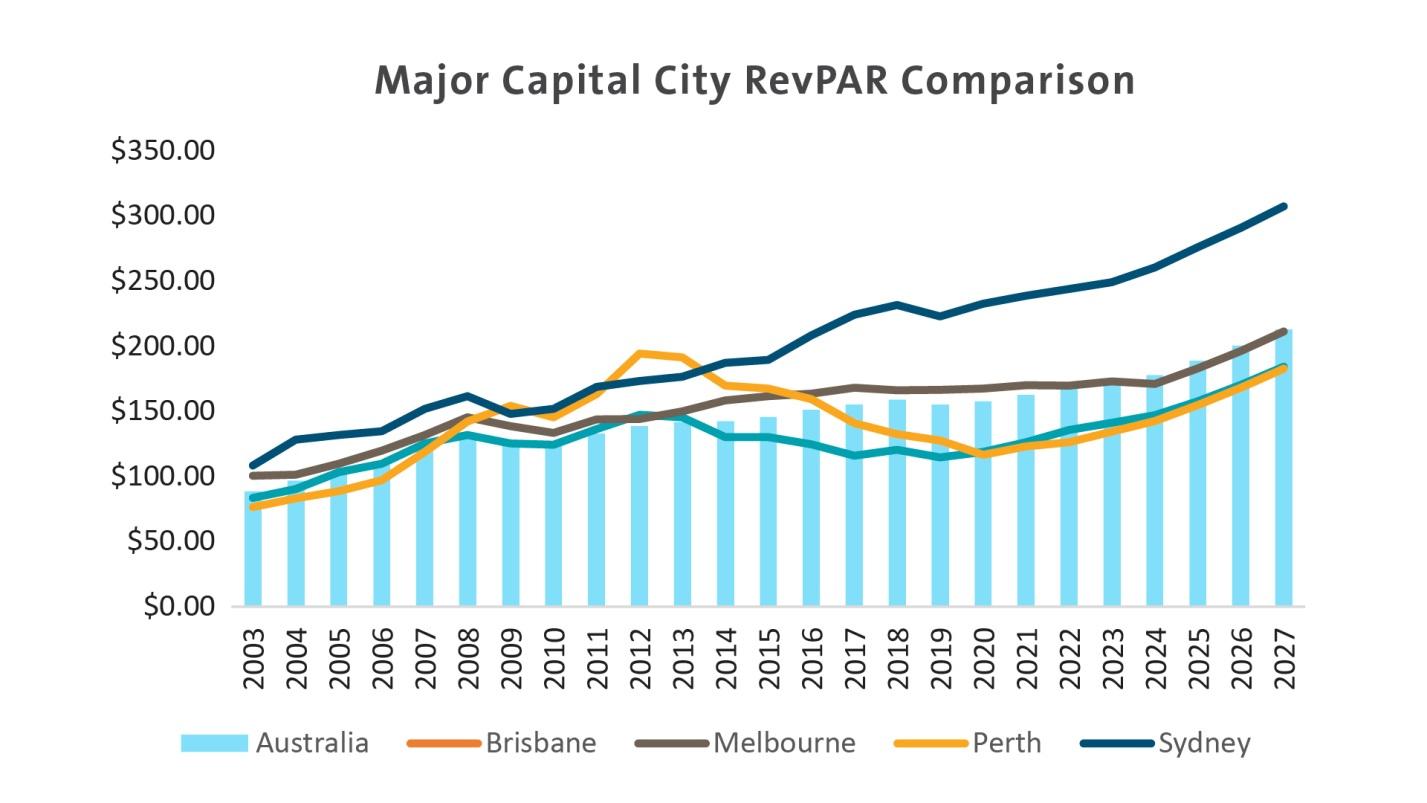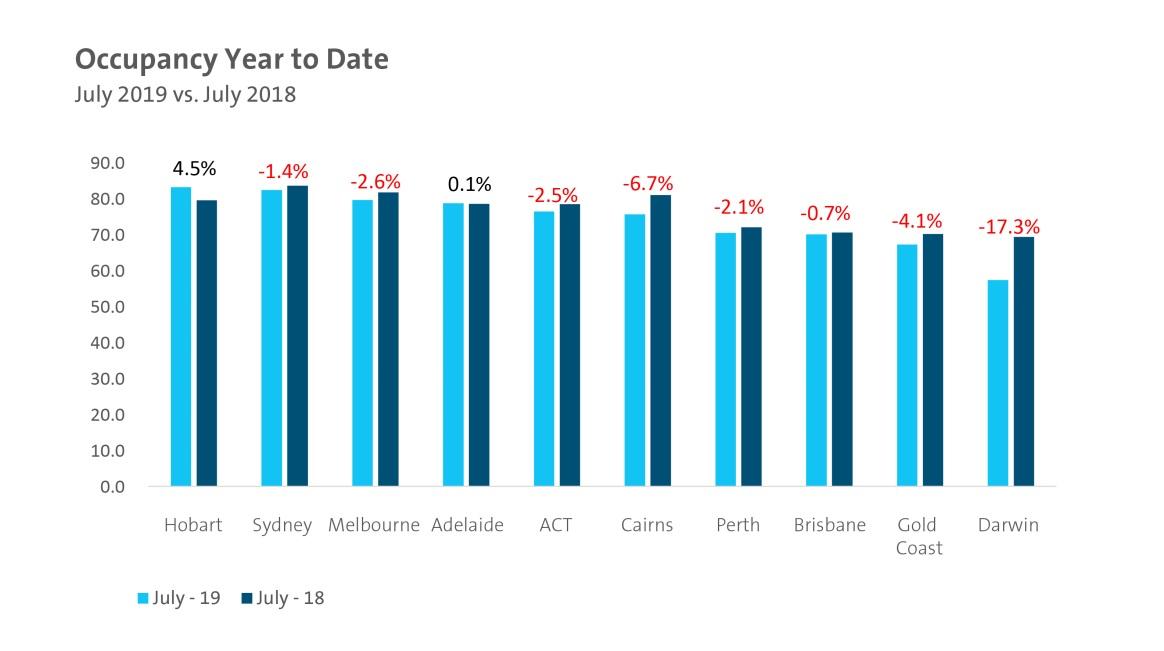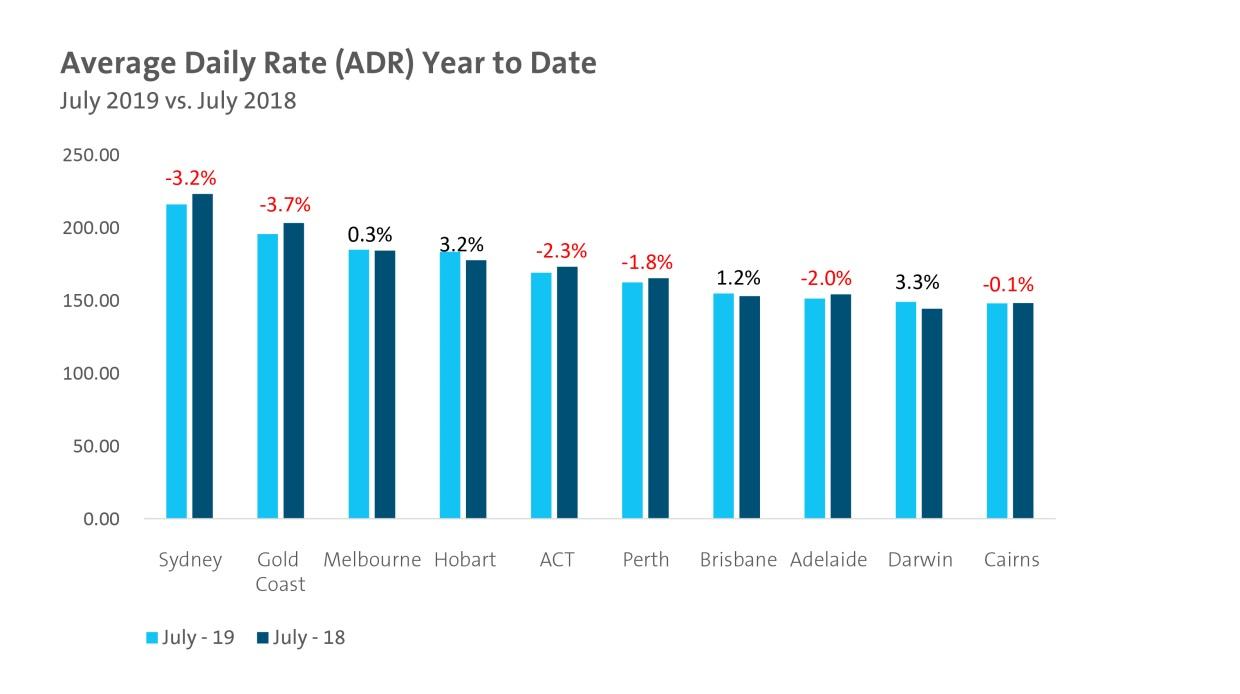Prices of Related Goods
Prices on the goods related to any given industry are a factor that influences supply and demand in it. This observation includes the hotel industry as well, and the prices on related goods obviously impact the hospitality industry in Sidney, Australia. In general, the prices of all goods necessary for the functioning of business add to each other across the entire supply chain. As a result, if any of these goods become cheaper or more expensive, the price for the goods or services provided by the business change as well. It is especially important for the hotel industry because it offers many products and services in addition to a place to stay.
These include food, swimming pool, gym, recreational facilities, and many other options (Nair 2019). If the goods related to any of the many products and services in a hotel become cheaper or more expensive, it influences the prices on the hotel’s services as well. If the price or related goods becomes higher, supply lowers, and prices rise, and if the price becomes lower, supply grows, and, without a corresponding growth in demand, it may create a surplus.
The current trend in the hotel industry of Sydney, Australia, is that supply constantly grows. This growth is quite obvious if one looks at the number of rooms to be opened in the next few years. The diagram below illustrates these tendencies: it is projected that 1,796 new rooms will open in 2020, 3,855 will open in 2021, and 1,406 will open in 2022 (“Hotel Industry Trends,” 2020). Victoria is the only state of Australia that shows greater projections of supply growth than New South Wales (“Hotel Industry Trends,” 2020). One cannot be sure that this growth of supply happens because of the changing prices on the related goods. Still, this is the exact result that the lowering prices on related goods would generally produce: the growth of supply as a reaction to lower production costs.

Income
Income is a prominent factor that influences supply and demand in any business. The relationship is simple and straightforward: if selling goods or services is profitable, there will be more people willing to sell them. In other words, if income grows, then the supply grows as well, and if income lower, the supply decreases as well. It is a well-known fact that “room supply is the main income source in the system of a hotel’s business administration” (Dzhandzhugazova et al., 2016, p. 655). Hence, there is no doubt that supply and income are closely interconnected in the hotel industry. Higher income rates in Sidney would ensure that businesses would want to expand and increase supply, and lower income rates would have the opposite effect on it.
The long-term trend in the hotel industry of Sidney, Australia, is the gradual growth of income. Sidney currently demonstrates the greatest revenue per available room among all major Australian cities (“Hotel Industry Trends,” 2020). This tendency ensures the growth of supply in the hospitality industry of Sidney. Apart from that, there are also highly favorable projections regarding the income rates in the city’s hospitality industry. The diagram below illustrates the revenues per room in the Australian hotel industry from 2003 to 2027 (projected). According to these projections, the revenue per available room in Sidney will increase steadily from 2020 onward (“Hotel Industry Trends,” 2020).
If these predictions are correct, then Sidney will continue to display the highest revenue per room among all the major cities of Australia. While these are only projections, such predications still influence the decisions of business owners and motivate them to provide more rooms. As one can see, the current tendency in the hotel industry of Sydney is the steady growth of income, which is already higher than in other cities of the country. This promise of higher income is sure to increase the supply.

Number of Buyers
The number of buyers is a very notable factor, and one always has to consider it if one wants to evaluate supply and demand in any given industry. It does not require an economic education to understand its crucial importance because it is not merely related to supply and demand – it is basically the demand itself in its pure form. General economic knowledge suggests that a greater number of persons who want to purchase goods or services leads to higher supply and price. On the other hand, if demand decreases, supply and prices should fall as well. The hotel industry in Sidney is no exception to this basic economic principle.
The current tendency in the hotel industry of Sidney is the growth of demand. Admittedly, statistics show a slight decrease in filling rates, as illustrated by the diagrams below. For instance, if one compares 2019 to 2018, Sydney shows a moderate decline in occupancy. This decline is only 1.4 percent, but it may suggest that supply overgrows demand (“Hotel Industry Trends,” 2020). Additionally, there is also a decrease of 3.2 percent in the average daily rate among Sydney hotels (“Hotel Industry Trends,” 2020). However, these numbers show the relative performance of Sidney hotels rather than the absolute number of persons who want to use their services.
The growth of supply demonstrated in the previous discussions also suggests a similar growth in demand, meaning more people want to stay in Sydney hotels. However, the fact that occupancy rates become slightly lower may suggest that the supply grows faster than demand does. This explanation seems reasonable: even though the number of customers increases, it does not match the growing number of rooms. This tendency also means that a surplus is possible soon, just as suggested in the discussion of the prices of related goods.


References
Dzhandzhapanyan, E. A., Kosheleva, A. I., Bondarenko, A. P., Nikolskaya, E. Yu., & Gareev, R. R. (2016). Business administration in the hotel industry: Problems and solutions (by the example of the Russian Federation). International Journal of Applied Business and Economic Research, 14(14), 651-660.
Hotel industry trends: The long-term outlook for Australia. (2020). Tourism Australia. Web.
Nair, G. K. (2019). Dynamics of pricing and non-pricing strategies, revenue management performance and competitive advantage in hotel industry. International Journal of Hospitality Management, 82, 287-297.